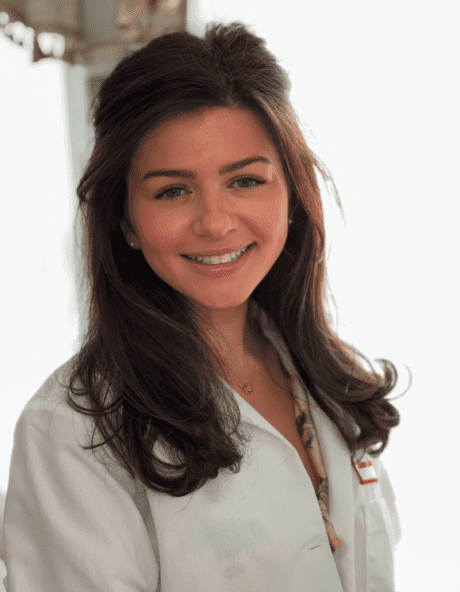Age Spots (Solar Lentigo)
Age spots can refer to a broad category of lesions on aged skin including but not limited to flat brown spots, seborrheic keratoses, and red marks/dots known as cherry angiomas. However, in this section we will focus on the flat brown age spots medically known as lentigines (singular: solar lentigo).
Many age spots are medically known as solar lentigines and also colloquially as “liver spots”, although they are not related to the liver. These brown age spots are benign (harmless) collections of pigment that appear on the skin, usually due to sun exposure. They usually have discrete, irregular shapes and are dark in color and are more common in older individuals.
What causes age spots?
Age spots are usually caused by sun damage to the skin. Sun exposure over time causes an increase in the number of pigment cells (melanocytes) to collect in certain areas, creating the distinctive color of age spots. Age spots can also be caused by genetics (family history) or by medical procedures such as radiation therapy.
Do age spots have symptoms?
The only symptom of age spots is their darkened appearance. They are usually painless and do not itch.
How can I prevent age spot formation?
By limiting sun exposure, wearing sun-protective clothing, and using sunscreen regularly, the chance of developing age spots can be reduced.
Where do they commonly occur?
Age spots commonly form on the backs of hands and face, but can also appear on the back, arms, feet, and shoulders and anywhere the skin is exposed to the sun or artificial sources of ultraviolet light such as tanning salon usage.
Are age spots dangerous?
Age spots are benign (harmless) but they are indicative of sun exposure over the years. Increased sun exposure means a higher risk of skin cancer so it is important to have regular skin examinations by a board-certified dermatologist or a dermatology provider. It is especially important to have an examination of any new or changing moles or pigmented areas done to rule out other causes such as skin cancer.
Are there ways to cosmetically treat my age spots?
Age spots can be unattractive to some individuals and many individuals look to minimize their appearance. At Skin and Laser Dermatology Center, we offer a variety of treatment options depending on the area, appearance, and number of age spots. At a cosmetic consultation, the provider will recommend the best treatment method for their specific concerns. One of those may be:
- Laser treatments can be effective for improving the appearance of age spots. There are a number of different lasers that may be recommended depending on the pigmented area and unique factors relating to each patient. Some of the lasers commonly recommended at Skin and Laser Dermatology Center for age spots are Picoway lasers, Fractional CO2 Resurfacing laser, and the Q-switched Nd:YAG laser, GentleLASE.
- ABMD Brightening Cream: a specially compounded cream that is dermatologically tested to reduce the appearance of dark areas.
- Chemical peels and Melanage Ultra Peels are excellent treatments for rejuvenating the skin and reducing hyperpigmentation by promoting cell turnover.
- Cryotherapy (liquid nitrogen): applying low temperatures can destroy the highly pigmented cells in the age spot.
Frequently Asked Questions
Our Providers
Dedicated Team
Skin & Laser Dermatology Center treats patients for all skin care concerns, including skin cancer surgery, cosmetic dermatology, sclerotherapy, laser peels, laser hair removal, hyperhidrosis, rosacea, and acne treatments.







